
时间:2022-07-05 14:01:16来源:网络整理
本文从美联储资产负债表出发,分析了美联储缩表的基本原则和路径,并详细回顾了美联储上一轮降息期间美国金融市场流动性、美债、全球资本流动和汇率等情况。资产负债表缩减。股市表现。相比之下,本轮缩表规模更大,速度更快。随着缩表的实施,近期美债收益率有所回升。全球资本市场已经释放缩表风险。此外,疫情后稳增长政策的实施将提振国内经济。预计缩表对A股的影响有限。
核心理念
两次缩表期间美联储负债端结构的差异,意味着在缩表期间认购新发行国债的机构将有所不同。当美联储被动缩表时,资产端持有的债券规模和负债端的准备金同时减少货币基金剩余期限的计算方式,从而缩表。期内,如果财政部新发行的国债被银行或其存款人认购,负债方的“准备金”将减少。衰退。在本轮缩表中,准备金和隔夜逆回购都将成为美联储债务端收缩的主力。
1)资产负债表的收缩导致美国金融体系的流动性趋同。当准备金规模下降到一定水平时,流动性压力凸显,美联储停止缩表。 2)美国债券收益率在资产负债表开盘后先升后降。上涨的原因包括资产负债表上的加息和美国经济的复苏。结尾。 3)缩表开盘后,美元指数短暂回落,2018年二季度以来持续走强。缩表后的6个月内,多数货币兑美元升值一定程度上,但缩表后当年及整个缩表范围内的主要货币对美元大多贬值。新兴股市(不包括中国)在 2018 年出现外资净流出。4)发达市场的表现普遍优于新兴市场。美元指数走强后,新兴市场下跌,发达市场上涨。全球股市在 2018 年第四季度大幅下跌,美国股市和发达市场的跌幅更大。
新一轮缩表开启,对A股有何影响?理论上,美联储缩表影响A股主要是通过美债收益率上升和资本外流。具体来说,一是美债收益率上涨对A股影响最大的阶段主要出现在美债收益率开始加速上行,历史高位继续快速攀升的阶段。 5月美债收益率已达到3.12%的高位,美国经济边际放缓和通胀见顶将限制美债收益率上行空间。即便未来美债收益率上涨会扰乱A股,考虑到国内经济预期好转,大概率只是A股上行过程中的正常回调,预计影响程度有限其次,过去几年A股的大风格转换往往伴随着10年期美国国债收益率的拐点。如果美债收益率继续反弹,可能会在一定程度上抑制增长方式。三是中美货币政策分歧程度有望逐步趋同,中国经济预期好转将对人民币汇率形成支撑,北方资本外流压力已初步释放阶段。 .
风险警告:美联储政策收紧幅度超出预期
目录
01美联储两轮缩表对比
2008年10月之前,美联储总资产基本保持相对稳定的增长。美联储资产负债表的大规模扩张始于 2008 年金融危机期间。截至目前,已经历了四轮量化宽松周期。 2022年6月,美联储正式开始实施本轮缩表。
1、本轮扩表速度更快,规模更大
美联储上一轮资产负债表扩张始于 2008 年 8 月金融危机期间。在美联储于 2017 年开始缩表之前,美联储已经经历了三轮量化宽松。它持续了将近6年。 2008 年 8 月资产负债表前的 9100 亿美元扩大到 2017 年 9 月资产负债表前的 4455 美元6.6 亿美元,增加了 3.5 万亿美元。
美联储本轮扩表始于2019年9月重启回购。在疫情影响下,美联储利用各类贷款、信贷便利和无限量QE,加速扩表进程。 2022年3月全面退出QE需要两年半时间。美联储资产负债表规模从2019年8月扩表前的3.76万亿美元扩大到宣布减持2022 年 5 月的资产负债表。8.计划时为 9 万亿美元,增加了 5.14 万亿美元。
由此来看,本轮美联储资产负债表扩张在较短的时间内实现了较大的扩张,整体扩张步伐较快。
2、美联储扩张后资产负债表结构不同
在美联储之前的QE过程中,美联储的资产购买结构不同,购买国债和MBS各有侧重,导致美联储资产负债表的结构与之前的不同。两次减少。
从资产看,上一轮资产负债表扩表后,美联储资产中的美国国债增加了1.98万亿美元,占比增加了2.6%;持有MBS规模增加[email protected]万亿,占比增长39.7%。本轮扩表后,美国国债在美联储资产中增加3.67万亿美元,占比提升8.8%;美联储持有MBS规模增加1.23万亿,占比下降[email protected]%。可以看出,在上一轮扩表中,美联储的国债持有量与MBS基本持平,而本轮扩表的美联储持有国债规模明显高于MBS 的。更高。
从负债端看,上一轮扩表后,美联储负债端逆回购增加4113亿美元,增幅5.3%;准备金账户增加2.16万亿美元,占比增加47.1%;国库存款增加1502亿美元,占比提升2.9%。本轮扩表后,美联储负债端逆回购增加1.81万亿美元,占比增加15.9%;准备金账户规模增加1.81万亿美元,占比下降3.2%;国库存款增加8143亿美元,占比提升6.8%。由此看来,缩表开盘前,财政部逆回购占比和负债端存款占比较上轮明显上升,而准备金账户占比下降。
3、简表前的经济环境不同
在上一轮缩表之前,美国处于经济复苏阶段,经济增速上升,通胀温和。 2017年三季度美国GDP增速4.17%货币基金剩余期限的计算方式,9月PCE同比增速1.88%,核心PCE1.72% 同比。相比之下,当前美国经济正从高位逐步回落,更重要的是历史通胀压力。在极度宽松的货币政策、疫情、俄乌冲突等多重因素共同作用下,美国通胀创近40年来新高。美国经济处于历史高位,正处于从过热到衰退的过渡期。
由此来看,美联储本轮加息等紧缩货币政策已经落后于上一轮。如果说上一轮是预防性加息,那么这一轮更像是经济过热和通胀。高环境下的追赶加息速度更快、幅度更大。并且与缩表的时机相比,美联储在上一轮缩表中加息了近一年,而本轮缩表是三个月后加息。因此,整体来看,美联储本轮紧缩政策滞后,当前高通胀压力迫使美联储加快收紧步伐,缩表步伐也明显加快。
4、本轮降表节奏更快,达到月限,降表规模更大
上一轮缩表始于2017年10月,从缩表节奏来看,美联储上轮缩表的初始月度缩表规模为10美元10 亿美元(60 亿美元的国债 + 40 亿美元的 MBS)。此后,每月缩表规模将逐季增加100亿美元,达到一年后缩表规模上限,即每月缩表资产负债表规模为 500 亿美元,在缩减幅度的最后三个月,资产负债表缩减规模将放缓至每月 350 亿美元。美元。到 2019 年 9 月平仓结束时,美联储的资产负债表已较峰值累计缩水约 7000 亿美元。
相比之下,这一轮缩短桌的节奏更快。根据美联储的计划,2022年6月开始缩表后,首月缩表475亿美元(300亿美元国债+175亿美元MBS),之后逐渐增加,在3个月内达到本轮月度减少。上限为 950 亿美元(600 亿美元的国债 + 350 亿美元的 MBS)。
当然,考虑到每月债券到期规模不统一,与计划降息存在一定差距,这就导致实际每月降息不一定等于计划降息,进度减持平衡需要综合考虑市场能否承受流动性压力。根据美联储公布的报告,美联储本轮缩表将呈现快慢节奏。 22%的规模,按此计算,预计本轮规模缩减总规模将达到2.5万亿-3万亿美元。
02缩表过程中美联储的资产负债表如何变化
美联储扩大QE资产负债表时,美联储在二级市场购买美债实现货币超发,资产端证券持有规模扩大,负债端准备金(对应主体:存款机构的其他存款)同规模增长,从而实现资产负债表的扩张。财政部发行国债后,募集资金可用于财政支出,也可存入财政存款TGA账户。因此,在美联储QE的过程中,除了债务端的准备金账户外,财政存款账户也可能有增加(由于国债的发行)。此外,由于美联储货币超发,金融体系流动性泛滥,当超额资金参与美联储逆回购时,将表现为负债端准备金减少,准备金增加。在逆回购中。这正是我们在这一轮扩张中看到的。表过程中逆回购显着增加的原因。
当美联储收缩其资产负债表时,它的资产和负债都会收缩。美联储两轮缩表均采用被动缩表方式,即美联储国债和MBS到期时停止再投资,这将体现在美联储持有的债券规模下降上。资产。边际准备金的减少将导致市场流动性回归;如果持有的国债到期,将减少负债方财政部存款账户的规模。
当美联储缩表并停止对到期债券进行再投资时,如果财政部发行新债券融资,那么这部分政府债券需要银行、非银行机构或市场上其他公众认购,央行将不再通过二级市场购买国债,循环市场流动性。
如果银行或银行储户认购新发行的国债,则表现为“财政存款”增加,“准备金”减少。
如果隔夜逆回购到期后,参与隔夜逆回购的机构使用到期资金认购国债,综合表现为“财政存款”增加、“逆回购”减少。逆回购市场参与者广泛,除银行外,还包括各类非银行金融机构,其中货币市场资金是主要资金来源。在市场流动性宽松、市场利率偏低的情况下,货币市场基金更愿意参与美联储的隔夜逆回购。金融危机后,隔夜逆回购成为货币市场基金剩余资金的重要场所。因此,在美联储缩表过程中,如果以货币市场基金为代表的非银行金融机构认购新发行的政府债券,将表现为美联储债务“逆回购”规模的下降。一边。
我们看到,在美联储上一轮缩表过程中,美联储负债端的准备金规模明显偏高,因此“准备金”是此次缩表期间负债端缩表的主体。收缩过程。 @2.18 万亿美元在缩略资产负债表末尾降至 1.38 万亿美元。同时,隔夜逆回购规模最小化为零。
鉴于美联储当前资产负债表结构与上一轮缩表前的不同,在本轮缩表中,准备金账户和隔夜逆回购都将成为缩表的主力。美联储的债务方面。根据美联储报告的假设,2025年隔夜逆回购规模将降至0;合理的中长期储备规模为年GDP的8%左右。规模将重新扩大。
03 上一轮缩量对市场有何影响
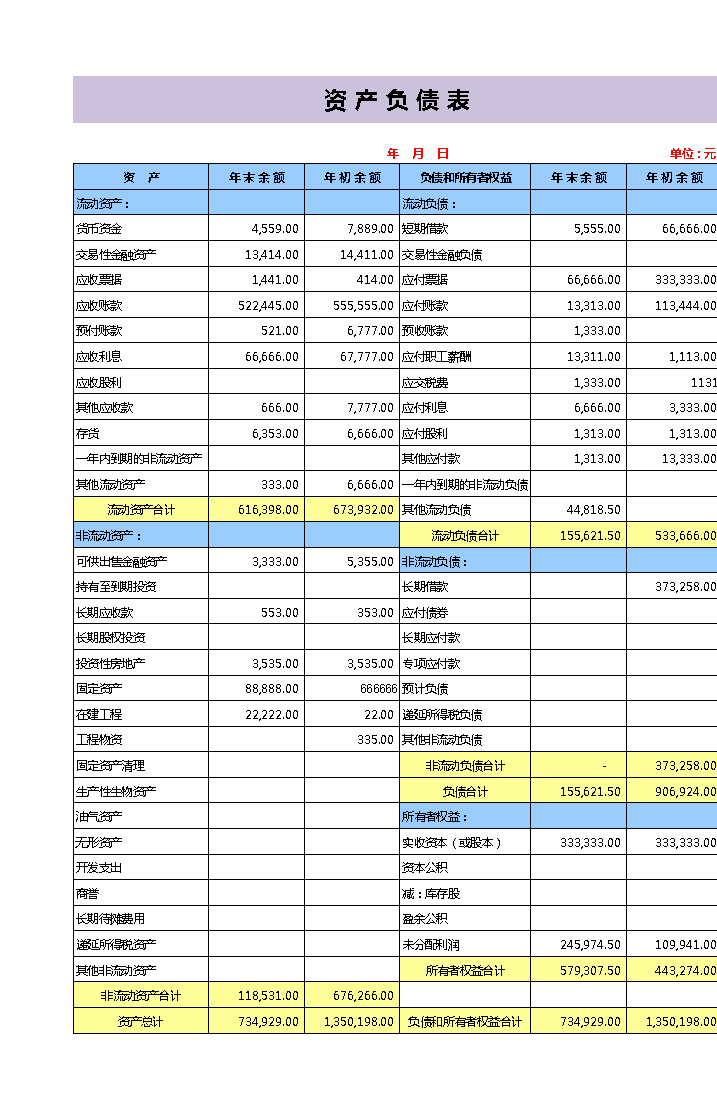
1、对美国金融体系流动性的影响
在美联储上一轮缩表过程中,美联储负债端准备金规模持续下降。准备金是银行体系流动性的安全垫,既要满足监管要求,又要满足日常流动性需求。因此,当准备金规模下降到一定水平时,银行体系的流动性压力变得突出。 2019年9月17日,联邦基金利率突破目标利率上限,保证隔夜融资利率SOFR飙升至5.25%; FRA-OIS 价差扩大至超过 40 个基点的历史高位。在这种情况下,美联储被迫宣布将停止缩表。
2、美国债券收益率表现
上一轮资产负债表缩表伴随着美联储加息。 2017年3月至2017年9月,在美联储发布缩表信号实施前,短期美债收益率随着美联储加息而上涨,而10年期美债收益率总体保持稳定并小幅回落。自2017年10月美联储缩表以来,10年期美债收益率重回上行趋势,但短期美债收益率涨幅较大,期限利差继续收窄。直到 2018 年 11 月上旬,美债收益率在达到本轮最高点后开始回落。
在整个缩表过程中,美国国债收益率呈现先升后降的走势。上半年美国国债收益率持续缩表的驱动因素主要包括:一是美联储持续加息叠加资产负债表缩表。流动性的回升将带动利率整体上升。其次,美国国内经济在缩表开始后仍处于复苏过程中。经济增速上升,预期经济好转带动长期美债实际收益率上升(TIPS的上升幅度与美债收益率的上升幅度基本一致),现阶段美国通胀为且通胀预期对美国债券收益率的影响相对有限。 2018年11月以来,美国国债收益率下降,主要是美国经济进入下行周期,实际收益率下降;而美国加息周期已经结束,加息预期减弱导致利率整体下行。
3、资本流动和汇率表现
理论上,美联储缩表以恢复美元流动性,叠加美国加息,全球资金流出非美市场回流美国,从而加大非美货币贬值压力。
我们看到,在美联储上轮缩表期间,美元指数在短暂回落后,从2018年第二季度开始继续走强。究其原因,除了美联储缩表的影响,美国对多国商品加征关税加深贸易摩擦,美国经济在全球的相对优势支撑了美元指数。缩表后半年内,多数货币对美元均出现一定程度的升值,但缩表后一年及整个缩表幅度内,主要货币对美元均出现贬值。美元。从资金流向看,2018年新兴股市(不含中国)外资净流出。根据IIF,2018年新兴股市(不含中国)外资净流出200亿美元。比如韩国股市和中国台湾股市,外资流出比较明显。
A股市场,在美联储2017年提出量化缩表并于9月正式宣布缩表计划后的几个交易日,伴随着美债收益率上升,资本金来自北方的流出放缓或小幅流出,但单日净流出规模基本在20亿元以内,影响有限。在整个缩表期间,有大量资金从北方净流入。即使在2018年人民币大幅贬值期间,北方的资金也逆势流入,而当时人民币贬值主要受中美经贸摩擦影响。当然,现阶段A股正处于纳入国际股指和扩张阶段,对吸引外资流入起到了重要作用。
4、股市表现
从股市表现来看,在美联储上轮缩表期间,发达市场的表现普遍好于新兴市场。在整个缩表过程中,美股、日经指数、MSCI发达市场指数均上涨; A股指数、恒生指数、MSCI新兴市场指数下跌。
其中,全球股市在缩表前三个月整体上涨。 2018年2月至3月,全球股市出现一波调整;从2018年二季度开始,随着美元指数走强、外资流出、贸易摩擦等因素,新兴股市继续承压,尤其是A股调整更为明显;相比之下,发达股市反弹上涨,美股一路上涨。
美股和MSCI发达市场的大幅回调主要集中在2018年第四季度。2018年第四季度全球股市暴跌,暴跌分为2018年10月和2018年12月两个时期。 (1)2018年10月初,美国国债收益率超过3.2%。当时油价的快速上涨加剧了通胀担忧,市场对美国国债的预期强烈。美联储加息。十年期美国国债收益率为10%,5月5日升至3.22%,虽然事后看来这基本上是那轮美债收益率的高点( 11月高点3.24%),但当时不是针对股票的。市场确实受到了很大的影响。在对美国债券收益率进一步上涨的担忧下,全球股市暴跌,新兴市场市场跌幅更大。(2)11 月,随着美国债券收益率飙升和下跌,全球股市ets停止(3)2018年12月美债收益率下行趋势进一步印证美国经济持续下滑,全球经济走弱担忧蔓延;但另一方面,美联储有望在12月加息。依然强势,两个因素叠加,市场再次经历了一波大幅调整,但这次美股调整的更深,发达市场受到的冲击更明显。相比之下,A股等新兴市场跌幅较小。 12月20日,美联储加息。美股在连续两天大跌后,于12月24日创下本轮最低点,随后开始反弹。
进一步,从市场风格来看,美股、全球发达指数和全球新兴指数方面,美联储上轮缩表以成长型为主,在低迷期以价值型为主。 2018 年第四季度。非常好。但就A股而言,在美联储缩表的各个阶段,基本的价格风格盛行:缩表后的三个月半年里,A股中证的价值已经上涨逆势而上,而中证成长指数则随大盘上涨。有重大调整;缩表后一年内,《中国证券报》增速明显高于中证价值指数,进一步说明A股增长方式较易承压流动性紧张的环境。
04 美联储本轮缩表影响展望
1、对美国金融市场流动性的影响
6月,美联储开始缩表,这仍是市场流动性恢复的过程,与美联储加息叠加。不过,美国金融市场出现上一轮流动性吃紧的概率有所下降。
一方面,如前所述,目前美联储债务方逆回购规模巨大,当前隔夜逆回购为1.97万亿,接近美联储规模的三分之二储备基金。其中,逆回购释放的资金可以分担部分流动性压力。并且与需要保持一定规模的准备金以满足监管和运营需要相比,逆回购存量的最小规模可以降到0。当然,考虑到隔夜逆回购市场的主要资金来源是货币市场基金,而货币市场基金投资的证券主要是短期的,为了分担新发债券的压力,新发国债的期限结构可能要求更偏向短期国债.
另一方面,美联储于 2021 年 7 月设立了常设回购流动性工具,包括面向美国国内机构的常设回购工具 (SRF) 和面向海外机构和国际货币当局的回购工具 (FIMARF)。在 SRF 工具下,合格的交易对手可以通过抵押美国国债、MBS 和其他证券向美联储申请流动性支持。美联储进行隔夜回购操作以释放流动性,SRF的每日上限为5000亿美元。除了一级交易商之外,美联储还将该工具的交易对手范围扩大到更多的存款机构,以确保尽可能多的市场流动性。
因此,考虑到美联储当前的资产负债表结构和美联储的早期应对措施,本轮美联储缩表对金融体系流动性的影响很可能会弱于上一次轮,短期内很难看到流动性吃紧。
2、对A股的影响
理论上,美联储缩表对A股的影响主要有两种方式:一是缩表将导致美债收益率上行压力、全球风险偏好下降、股权资产承压二是资产负债表收缩导致全球资金回流美国,外资流出对股市造成流动性压力。因此,观察资产负债表缩表对A股影响的两个关键变量是美债收益率和人民币汇率。总体而言,这两个渠道对A股的影响是相对短期的情绪冲击或流动性冲击,而不是A股。股票长期走势的决定性变量。
本轮美债收益率上涨始于 2021 年 9 月,当时由于市场预期美联储政策回归正常化,美债收益率迅速上涨。 2021 年 11 月,美联储开始实施 Taper。 2022年以来,美联储加息和缩表逐渐临近,美债收益率加速上行。美债收益率上升成为2021年初及今年1-4月A股调整的重要因素之一。直到今年5月4日美联储利率会议结束,决定加息50bp并决定从6月开始缩表,10年期美债收益率5月6日达到阶段性高位3.12%后跌幅助力A股5月强势反弹。
近期,随着美联储缩表,10年期美国国债收益率自5月31日以来出现反弹。回顾当前美国经济依然健康,通胀高企,劳动力市场依然紧张市场预计美联储将在 6 月和 7 月继续加息 50 个基点,叠加美联储缩表的影响,短期内或将带动 10 年期美国国债。收益率继续上升。但是,如前所述,美国当前的经济阶段与上一轮缩表开始时有很大不同。当紧缩政策对经济的负面影响显现,或高通胀形势好转时,美联储将需要重新审视紧缩政策的步伐。 ,这些因素将限制美国债券收益率的上行空间。
The high point of U.S. bond yields3.12% in May is only one step away from the highest point of U.S. bond yields3.24% in the last round of shrinking balance sheet. Referring to historical experience, the stage when U.S. bond yields have the greatest impact on A shares mainly occurs when U.S. bond yields begin to accelerate upward and the historical highs continue to rise rapidly. Therefore, if the U.S. bond yields only rise slightly in the future and do not break through the May high, it is expected to have little impact on A-shares. If the yield of U.S. bonds breaks through the previous high or even the high in 2018, it may trigger market worries and cause disturbance to A shares. However, after the epidemic, the policy of stabilizing growth is accelerating. Driven by infrastructure and manufacturing, the economy is expected to gradually stabilize and recover. The improvement in economic expectations will form positive support for A shares, and considering that the upward risk of US bond yields has been relatively large since the beginning of this year Therefore, even if the short-term market is adjusted due to the upward impact of U.S. bond yields, the probability is only a disturbance in the upward process, and its impact is relatively limited.
In addition, since 2015, the 10-year U.S. bond yield has shown a high correlation with the A-share growth value style. The major style switches in the past few years have been accompanied by an inflection point in the 10-year U.S. bond yield. Since the beginning of this year, the yield of 10-year U.S. Treasury bonds has risen sharply, and the growth style of A-shares has fallen sharply. Since May, with the periodic decline of U.S. bond yields, the growth style has rebounded sharply in May. With the implementation of the Fed's balance sheet reduction, if U.S. bond yields continue to rebound, it may suppress the growth style to some extent.
From the perspective of capital flows, global emerging market capital flows have gradually slowed down since the second half of last year, and in July, August, October 2021 and January, March, April 2022, The net outflow of foreign capital in emerging stock markets (excluding China) reflects the impact of this round of Fed rate hike and balance sheet reduction expectations on global capital flows. In the A-share market, northbound funds have slowed down significantly this year, with a cumulative net outflow of 11.600 million in the first five months, especially in January-March due to the tightening of the Fed’s policy, which led to the rise in US bond yields and the conflict between Russia and Ukraine. Influenced by external factors such as Beijing, there was a relatively obvious outflow of funds from the north. In contrast, during the rapid depreciation of the RMB in April, although the funds from the north went in and out, it had gradually stabilized and turned into a net inflow. Since the second half of the month, the inflow has continued to be substantial, and the A shares have been actively deployed.
Referring to the last round of balance sheet reduction, Beishang funds only experienced small outflows in stages when U.S. bond yields rose rapidly, and the reduction of the balance sheet did not constitute pressure for the continuous outflow of Beishang funds. Looking into the future, there is no unilateral depreciation pressure on the RMB, and capital from northbound is expected to return to a net inflow in the second half of the year. First, the domestic monetary policy is relatively loose in the first half of the year, while the Fed's policy is tightening. In the future, the degree of divergence between the monetary policies of China and the United States will gradually converge, and the depreciation pressure on the RMB will also be eased. Second, the rapid devaluation of the RMB in April was not only affected by the tightening of the Fed’s policy and the inversion of the interest rate gap between China and the United States, but the more important trigger was the pessimistic market expectations for the Chinese economy caused by the epidemic. After the epidemic, domestic production and operation gradually returned to normal, stable The growth policy exerts force and China's economy is expected to improve, which will support the RMB exchange rate. Third, the outflow of northbound funds this year reflects to a certain extent the impact of the Fed’s panic about shrinking its balance sheet. As long as the U.S. monetary policy tightening and inflation do not exceed expectations, the stage where the shrinking of the balance sheet will have the greatest impact on northbound funds may be over. Fourth, ETFs are about to be included in the scope of interconnection targets. In recent years, the rapid development of A-share ETFs, especially the intensive launch of diversified ETF products in some emerging industry segments, is expected to attract more capital inflows from northbound in the future.
05 总结
The two rounds of the Fed’s balance sheet reduction were achieved through passive means. The main differences are as follows: 1)This round of balance sheet expansion is faster and larger: the Fed has carried out three rounds of QE in the last round. , which lasted nearly 6 years to expand the table 3.5 trillion US dollars; this round of table expansion increased by 5.14 trillion US dollars in two and a half years. 2)The structure of the balance sheet is different: on the asset side, the proportion of treasury bonds held by the Federal Reserve marked in this round is significantly higher; on the liability side, the proportion of reverse repurchase and the proportion of deposits of the Ministry of Finance have increased significantly compared with the previous round, while the reserve fund The proportion of accounts decreased. 3)The economic environment in which the balance sheet is reduced is different: the US was in the stage of economic recovery at the time of the last round of balance sheet reduction, with an upward trend in economic growth and moderate inflation; the current US inflation is at a historically high level, and the economy is in a transition period from overheating to recession;< @4)The pace of this round of scale reduction is faster and reaches the monthly limit, and the scale of scale reduction may reach 2.5 trillion-3 trillion US dollars.
Recalling the last round of the Fed's balance sheet reduction, we can find that: 1)The shrinking of the balance sheet led to the convergence of liquidity in the US financial system. When the scale of reserves fell to a certain level, the liquidity pressure became prominent, and the Fed stopped shrinking the balance sheet. 2)U.S. bond yields rose first and then fell after the opening of the balance sheet. The reasons for the rise include interest rate hikes from the balance sheet and the recovery of the U.S. economy.结尾。 3)After the opening of the shrinking balance sheet, the US dollar index fell briefly and continued to strengthen since the second quarter of 2018. In the six months after the reduction of the balance sheet, most currencies appreciated against the US dollar to a certain extent, but the major currencies in the year after the reduction of the balance sheet and the entire reduction range were mostly depreciated against the US dollar. Emerging stock markets (excluding China) saw net foreign capital outflows in 2018. 4)Developed markets generally outperformed emerging markets. Emerging stocks fell and developed markets rose after the dollar index strengthened. Global stock markets fell sharply in the fourth quarter of 2018, with U.S. stocks and developed markets falling even deeper.
This article comes from the financial world
声明:文章仅代表原作者观点,不代表本站立场;如有侵权、违规,可直接反馈本站,我们将会作修改或删除处理。
图文推荐
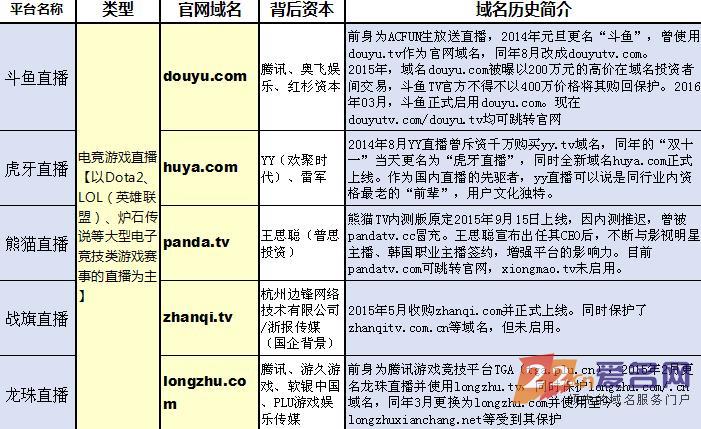
2022-07-05 13:01:05
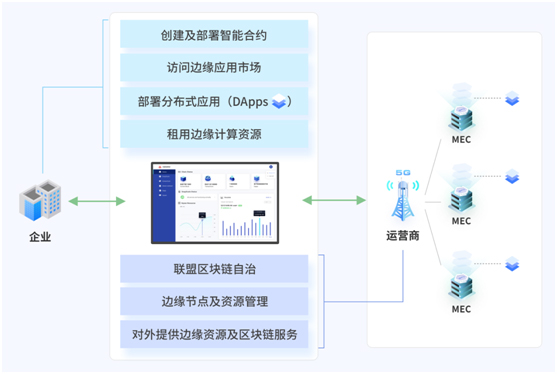
2022-07-04 12:01:08

2022-07-04 09:01:24
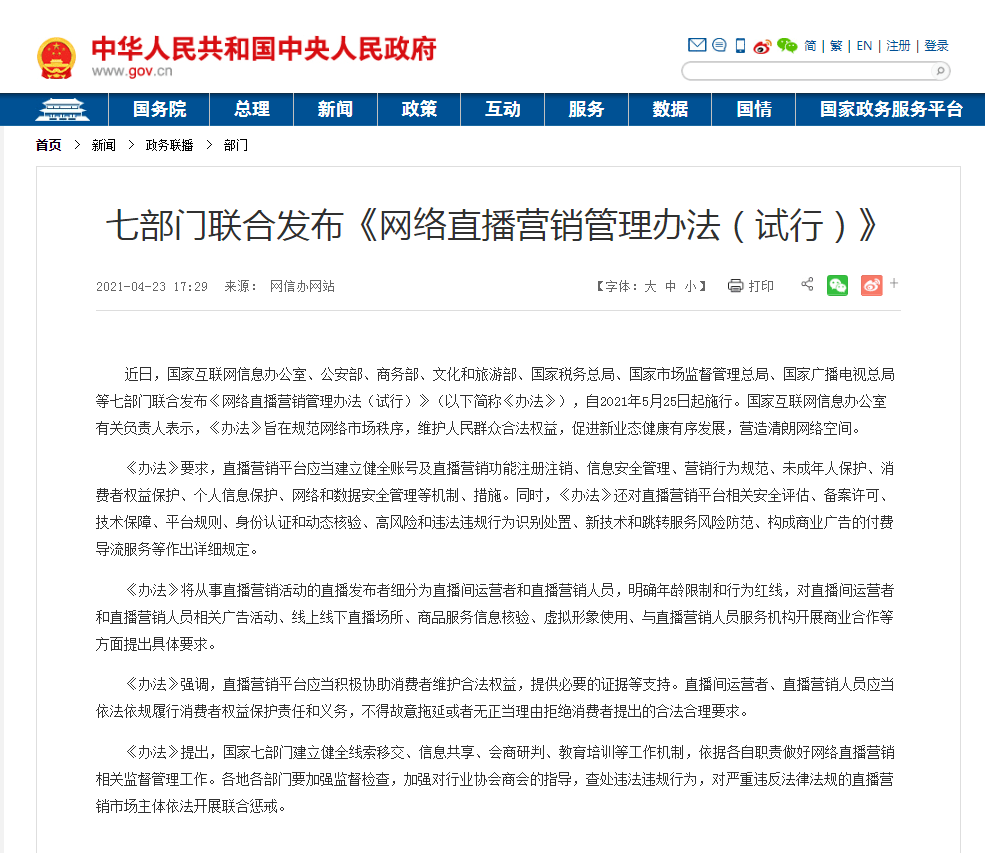
2022-07-03 14:01:18

2022-07-03 13:00:49
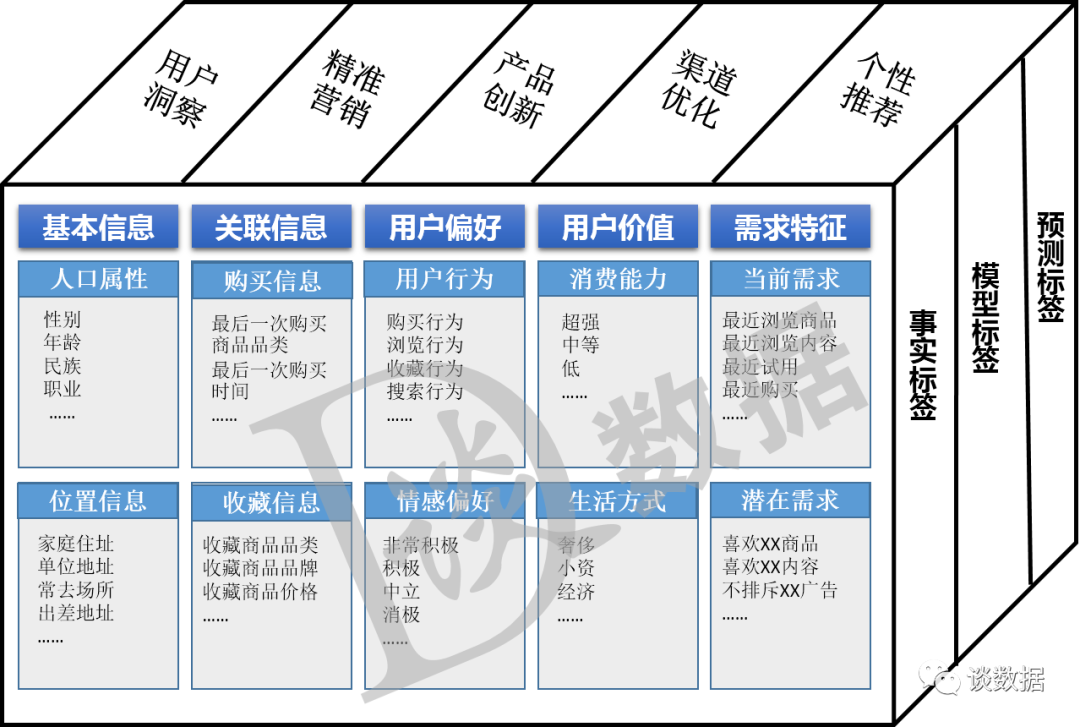
2022-07-03 12:02:04
热点排行
精彩文章

2022-07-04 09:01:53
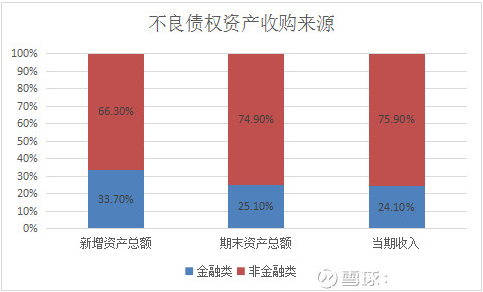
2022-07-03 10:05:29
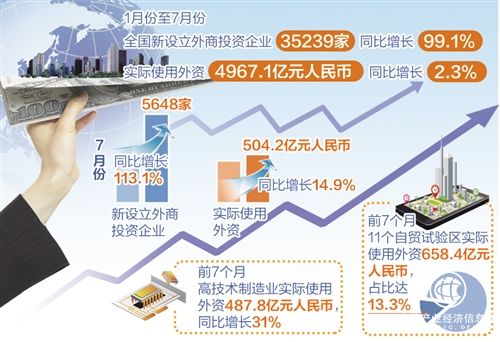
2022-07-01 13:04:16

2022-07-01 13:04:05
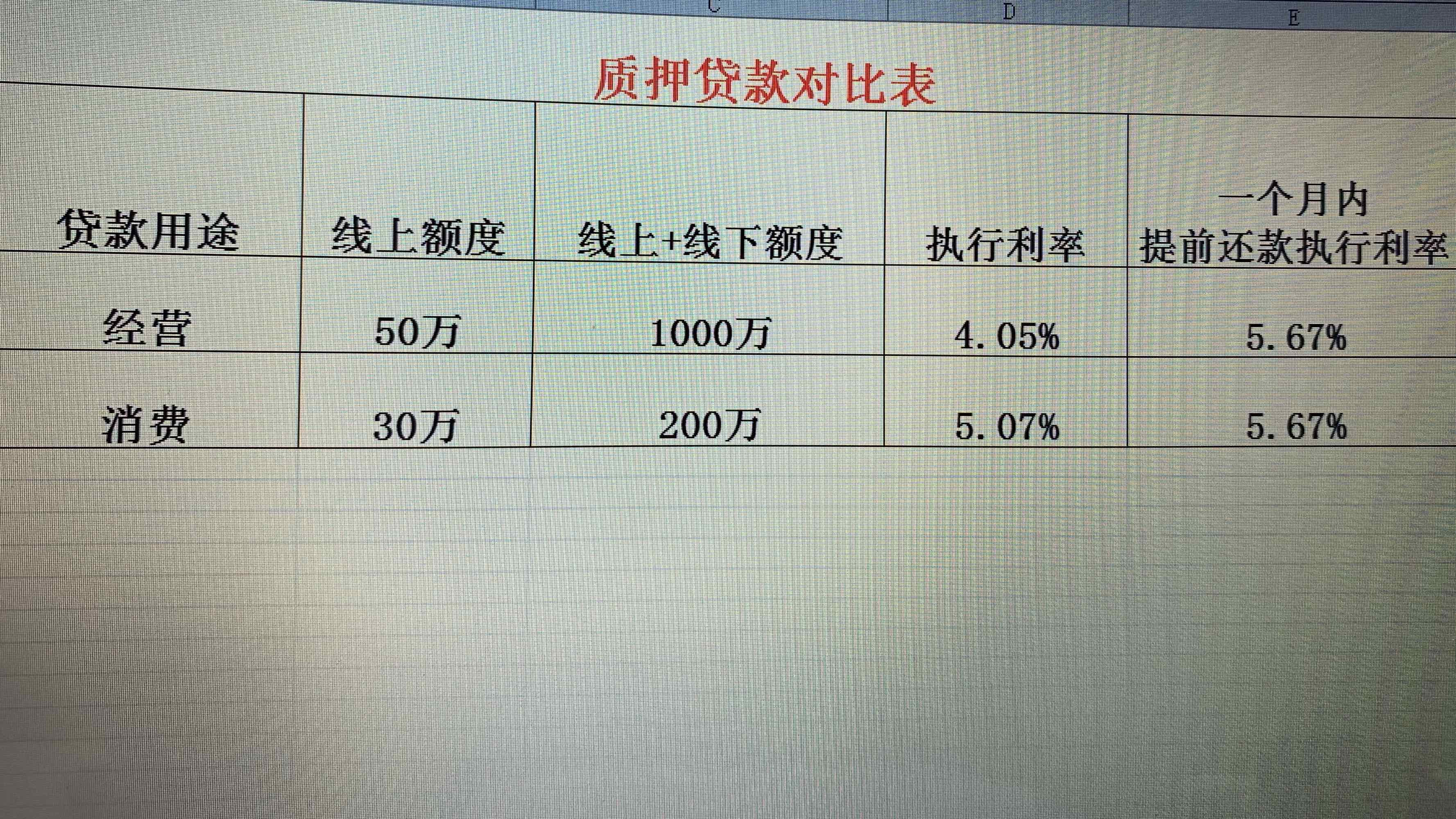
2022-06-30 13:00:32

2022-06-30 12:00:43
热门推荐
